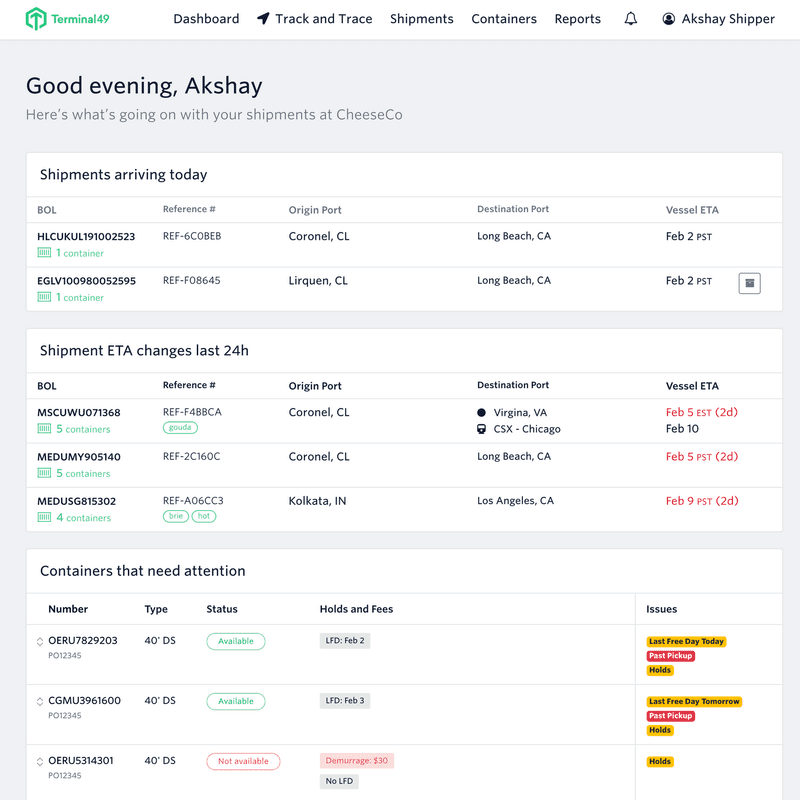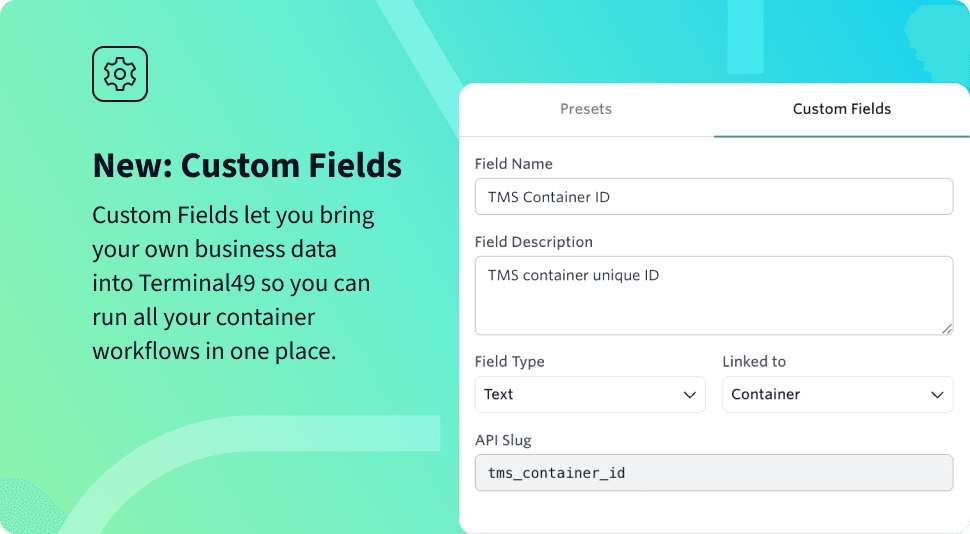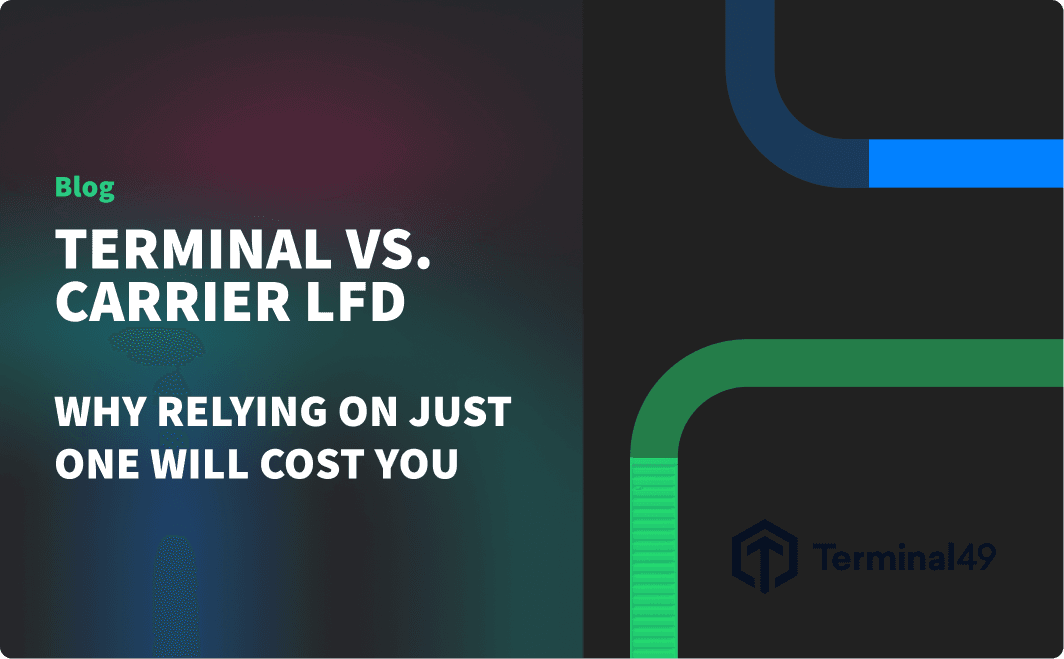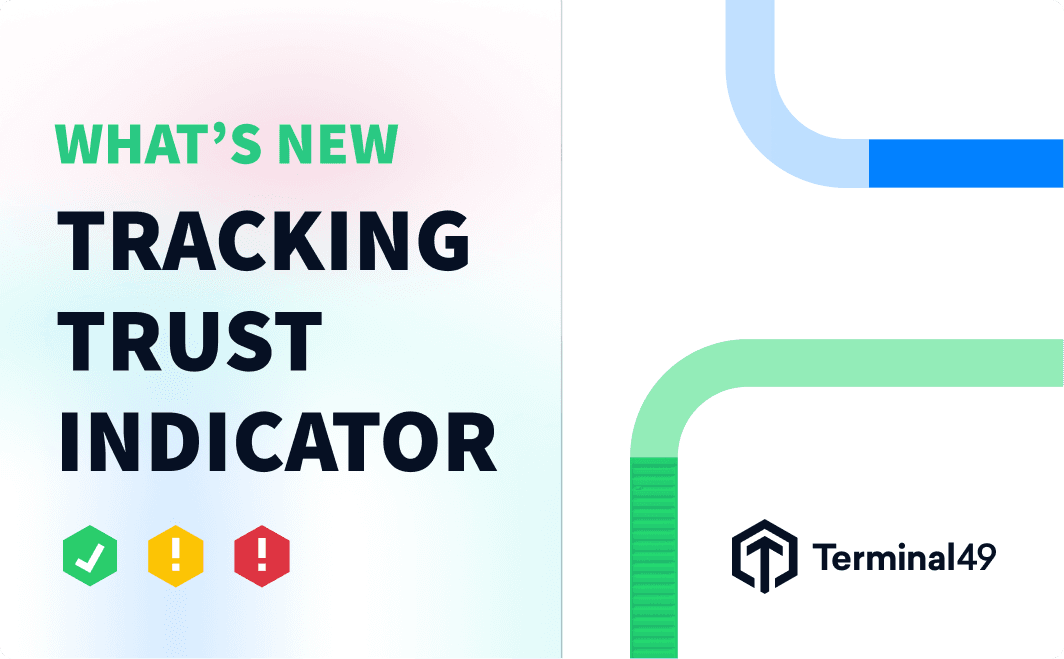As an importer, you face challenges that often stand in the way of capitalizing on new growth opportunities. The last global financial crisis, ongoing changes to regulations across the global business environment, escalating costs, and rising user expectations are all impacting profitability.
Now, there are numerous digital tools that offer an opportunity to move past the traditional manual-laden processes. Here’s how.
Responding to New Expectations
With advancements in logistics, the delivery experience has improved in many ways. However, expectations have risen higher as people become accustomed to instant information access through online and mobile channels. This includes on-demand access to goods and services as well as the advancement of JIT (Just in Time) deliveries.
You need access to real-time data, including the estimated time of arrival (ETA). Although an ETA seems like a “nice to have” feature, consider what else is riding on knowing when those goods will arrive in port and be on their way.
Logistics and Timing Data
The reality is that having an ETA means planning the next steps that are necessary to deliver an exceptional customer experience. To do so means alerting operations, distribution, and retailers to address any timing changes before customers become frustrated about an uncommunicated delay.
With ETA, it’s important to know specific details that impact the rest of the experience your customers are trying to create for their customers. These details include knowing when the:
- Merchandise is picked up to begin the shipment process;
- Goods have cleared customs and is being loaded onto the ship;
- Ship has left and arrived at any port of transshipment;
- Ship departed from the port of transshipment and arrived at the port of destination; and
- Consignee took possession of the shipment.
In a world where data now rules, it’s become the norm to expect all these details as part of the shipment process.
Unique Challenges with Ocean Freight
The challenges grow when trying to get updates about ocean shipments. For example, according to an August 2018 report from Sea-Intelligence, a global research firm that measures the shipping and delivery industry, the level global schedule reliability reversed its improving trend and decreased to 75.4 percent. The reduction in on-time shipment deliveries can wreak havoc on your company’s ability to deliver on customer expectations.
Even with today’s advanced technology, many factors can still lead to unreliable shipment schedules. There are factors like volatile weather conditions, port logistical issues, port strikes, transit delays due to mechanical breakdowns, and inconsistent cargo scheduling. And, it’s all these potential problems that bolsters the reasoning for having a better shipment tracking process that includes digital capabilities.
Let’s look at the changes within shipment tracking to see how you can develop a more effective user experience strategy.
The Tides are Turning For Shipment Tracking
Today, shipment tracking solutions must help companies achieve specific business objectives. This requires tools that help you effectively manage your supply chain.
An efficient transport platform enables informed decision making throughout your operations, addressing unexpected delays. Receiving real-time updates also directs how to keep customers satisfied about when to expect their orders.
As part of a digital transformation, shipment tracking is one of many processes changing for companies in the shipping industry, according to a 2018 Boston Consulting Group research report, entitled, “The Digital Imperative in Container Shipping.” The report cited the benefits of digital solutions that can reduce operational costs while improving customer relationships. These digital technologies include document management, network design, and tracking systems.
While it can be expensive to undertake an entire operations overhaul to digitally transform your business, there are aspects where an external partner can help provide the technology necessary to leverage the benefits of digitizing a process. Just making a change to your shipment tracking process can begin to deliver marked improvements.
Let’s move on to a strategy for transforming your shipment tracking process.





